This Is The Scary Reason Why We Need More Oyster Bars In America
- By: Joseph Simonds
- on
- Found In: Conservation, Fishing Fun, Fishing Tips, Salt Strong Podcast
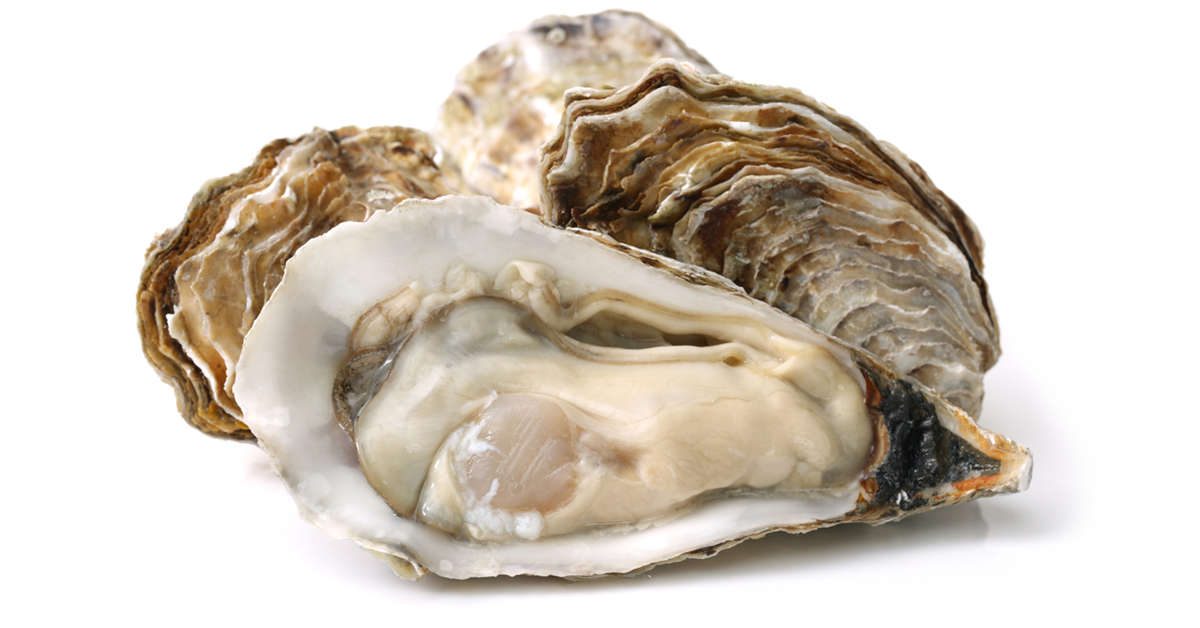
Regardless if you love eating oysters or you love fishing for inshore fish around oyster bars (or both), this is a must listen to podcast episode.
Why?
Because the numbers surrounding the decline in oyster habitats are downright SHOCKING.
Did you know that most oyster habitats are down anywhere from 50-80% over the last 50-60 years?
That’s a pretty scary statistic when you consider how important oysters are to our oceans, estuaries, and fisheries.
Here are some other critical reasons why we need some serious oyster restoration in America (stats from floridaocean.org)
- They filter and clean water – A single adult oyster can filter up to 50 gallons of water per day!
- They provide food and habitat for hundreds of species
- They stabilize shorelines and reduce erosion
- They are the most important commercial bivalve in the world
- Over the last 60+ years, the St. Lucie River has lost over 80% of its oyster reef habitat, primarily due to poor water quality and low salinity levels.
The good news is that numerous marine biologist, scientists, universities, and state governments are working on oyster restoration projects right now.
But there is A LOT of work to do if we are going to reverse this downward trend of oyster beds going by the wayside.
So we had Hannah Brown from the University of Florida (and writer for TheMarjorie.org) on the Fish Strong podcast show to tell us everything that is going on behind the scenes when it comes to oyster restoration.
Click the play button below to listen to the podcast here on this site.
Click either button below to go directly to iTunes or Stitcher to download the episode.
Conclusion
If you’ve noticed a decline in oyster bars around where you fish, it’s not just your imagination…
Oyster bars are dying and getting eliminated at an alarming rate, and if it keeps up, there will hardly be any oysters around for our waters (or our bellies).
The good news is that numerous experts are working on oyster restoration projects and coming up with some pretty creative ideas to buck the trend.
A huge thanks to Hannah Brown from the University of Florida for coming on the show.
You can read more about Hannah’s project here on the Nature Coast Biological Station blog.
And definitely check out the amazing stories about Florida women doing amazing things by Hannah, Becca, and Anna over at TheMarjorie.org
Any questions?
Let us know the comments.
Finally, don’t forget to check out the Insider Fishing Club mentioned on this podcast (click here to learn how to join today).
P.S. – If you think your angler friends or fishing networks would enjoy seeing this, please Tag them or Share this with them. You Rock! Pa-POW!
Related categories:
STOP WASTING TIME ON THE WATER!
Do what the “SMART ANGLERS” are doing and join the Insider Club.
Here’s what you’ll receive today when you join:
- Weekly fishing reports and TRENDS revealing exactly where you should fish every trip
- Weekly “spot dissection” videos that walk you through all the best spots in your area
- Exclusive fishing tips from the PROS you can’t find anywhere else
- Everything you need to start catching fish more consistently (regardless if you fish out of a boat, kayak, or land).

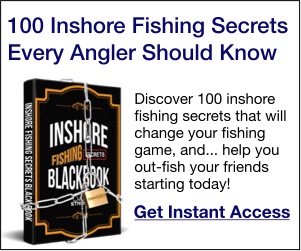



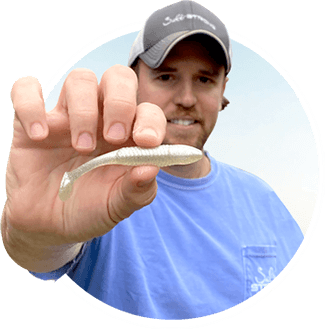
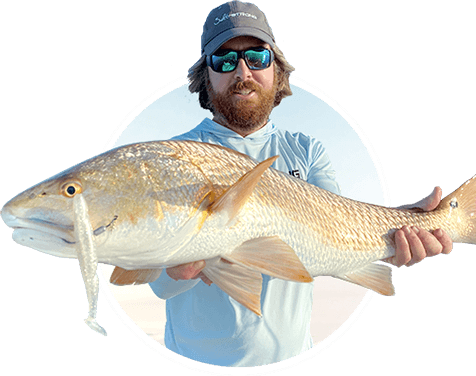
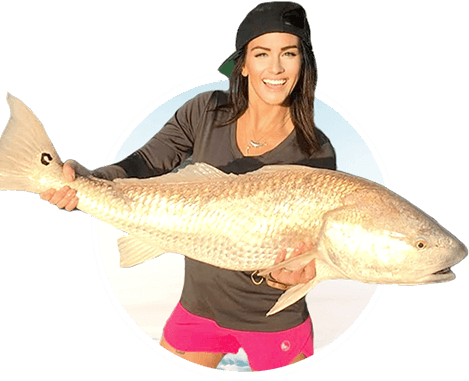
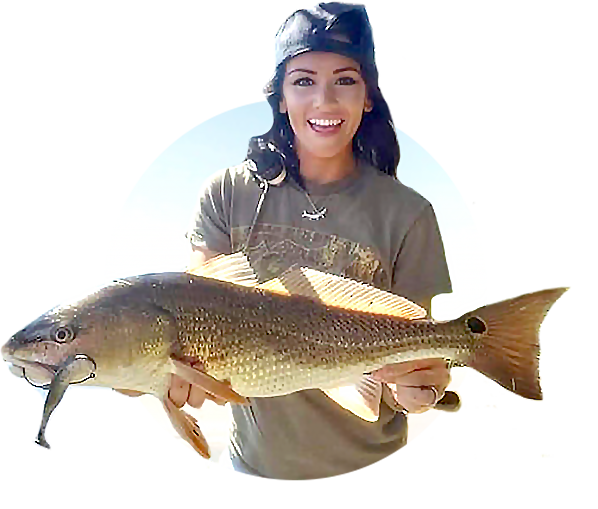
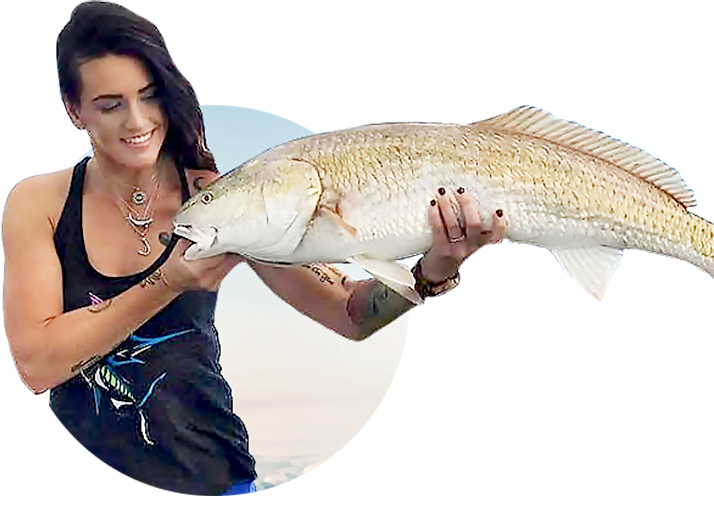
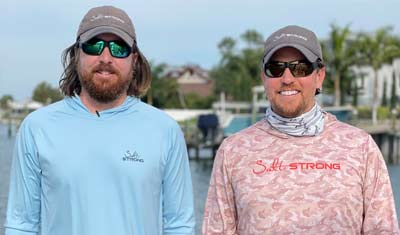
You have the best articles on fishing and conservation. Keep up the good work.
If you love oysters…Take an old 48Q cooler and fill with the bi-valves. Boil a large pot of water and pour in with the oysters and shut the lid for 20-30 minutes. Oysters just pop open with the touch of the knife and stay moist. Open the drain as the oysters recede.
I volunteered last week with Tampa Bay Watch to help build oyster domes. Here is a link to their site. They not only understand the need but are working hard to make a difference to a much needed environmental issue.
http://www.tampabaywatch.org/tablet/oyster-domes.html
I hope that others can share similar programs that our members here can help support physically, monetarily and prayerfully.
– Mike
Gulfport, FL
I have been working to get blind Pass on Lemon Bay open with plans I wish to send to Sarasota Governments
Not to make light of a VERY serious situation, but I legitimately thought that “Oyster Bars,” meant eateries that served fresh osyters. I was looking for food tips!
On a serious note though, perhaps taking a look at Pacific Oyster populations, to see how the situation is? Then, maybe take cues from that.
Even with the Fukushima runoff, the populations appear to be quite healthy there, still.
I’m no expert though.
The “water wars” between Alabama, Florida and Georgia involving the Apalachicola, Chattahoochee and Flint Rivers have decimated the oysters of Apalachicola Bay.
Well from a guy that lives on the St Lucie River and was born and raised in St Lucie County I can tell you a few things for sure. When I was a teenager and fished the river I don’t remember it ever being this dirty. I cant honestly say though that I have noticed a decrease in the oyster population. But if y’all are anything like me you are guilty of these true fact about oysters. You only pay attention when the prices go up, and when the plate of oysters make it to your table and you chase it down with a beer. I would love to know from Hannah Brown if there is anything I can do from a none scientist aspect what can I do to help. You know like taking water quality tests from my dock on a daily basis.